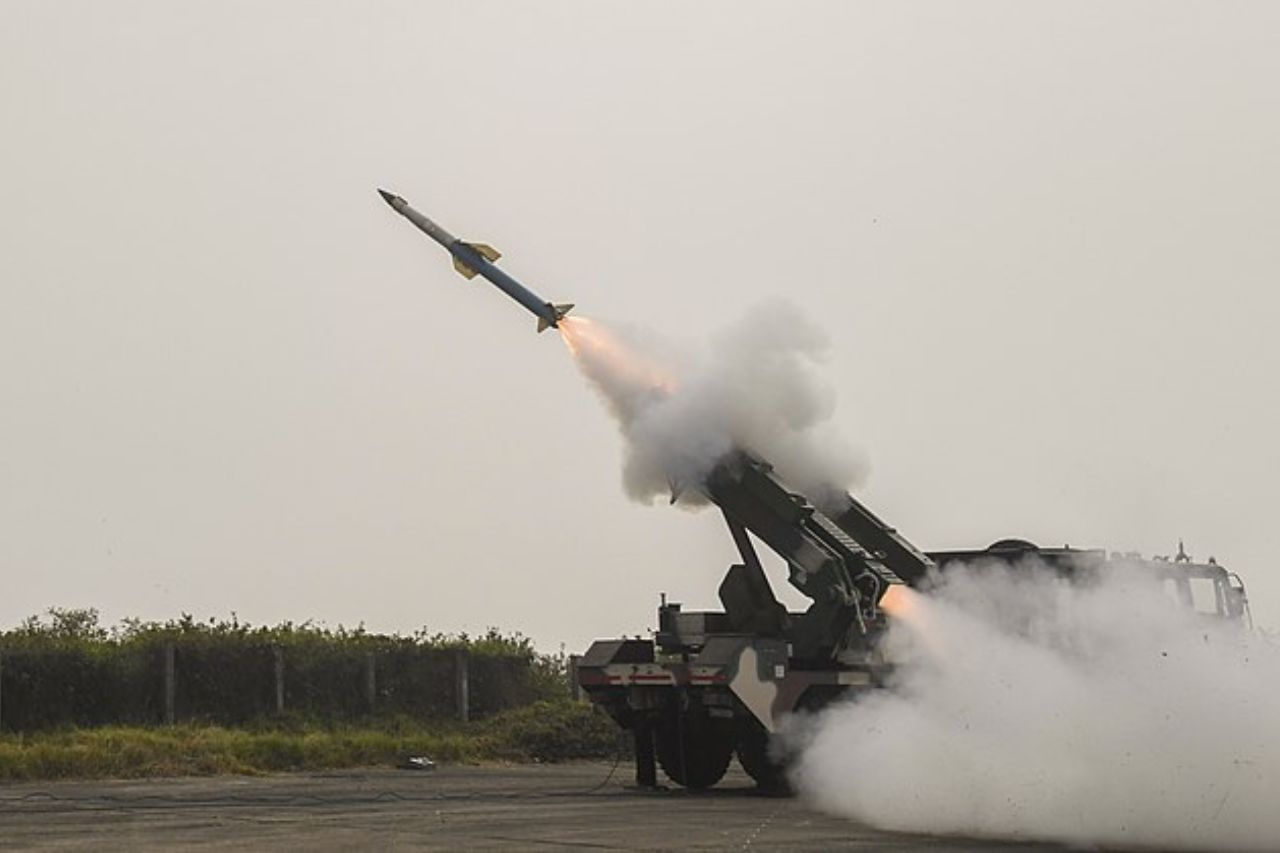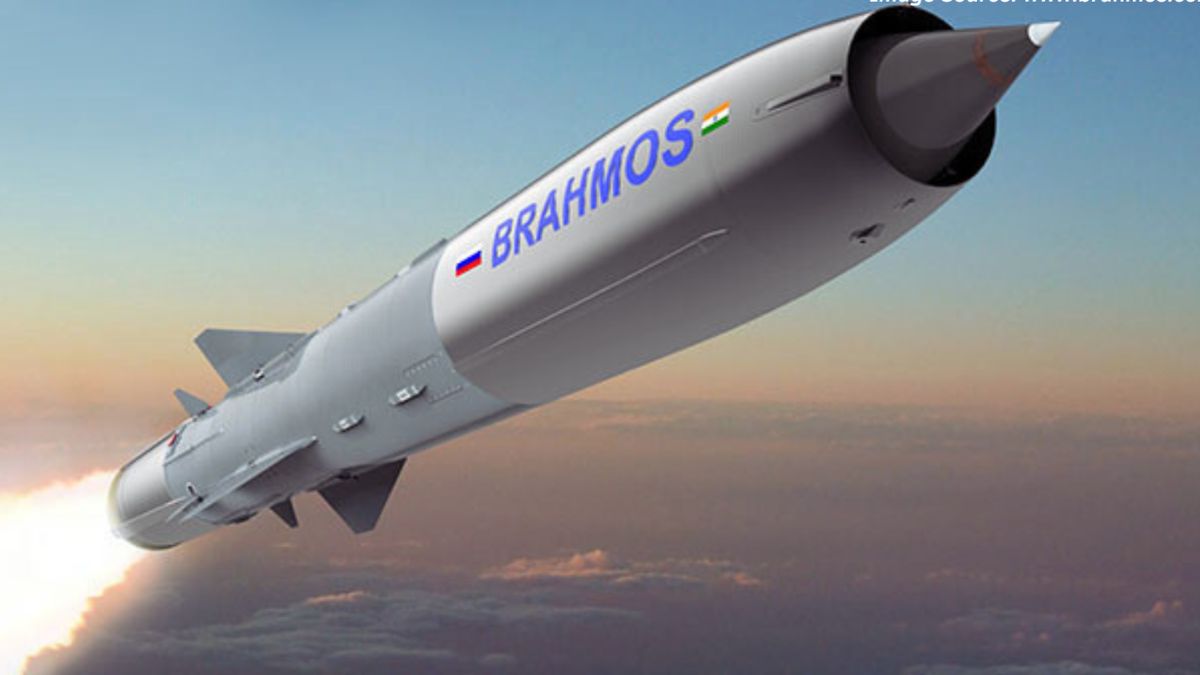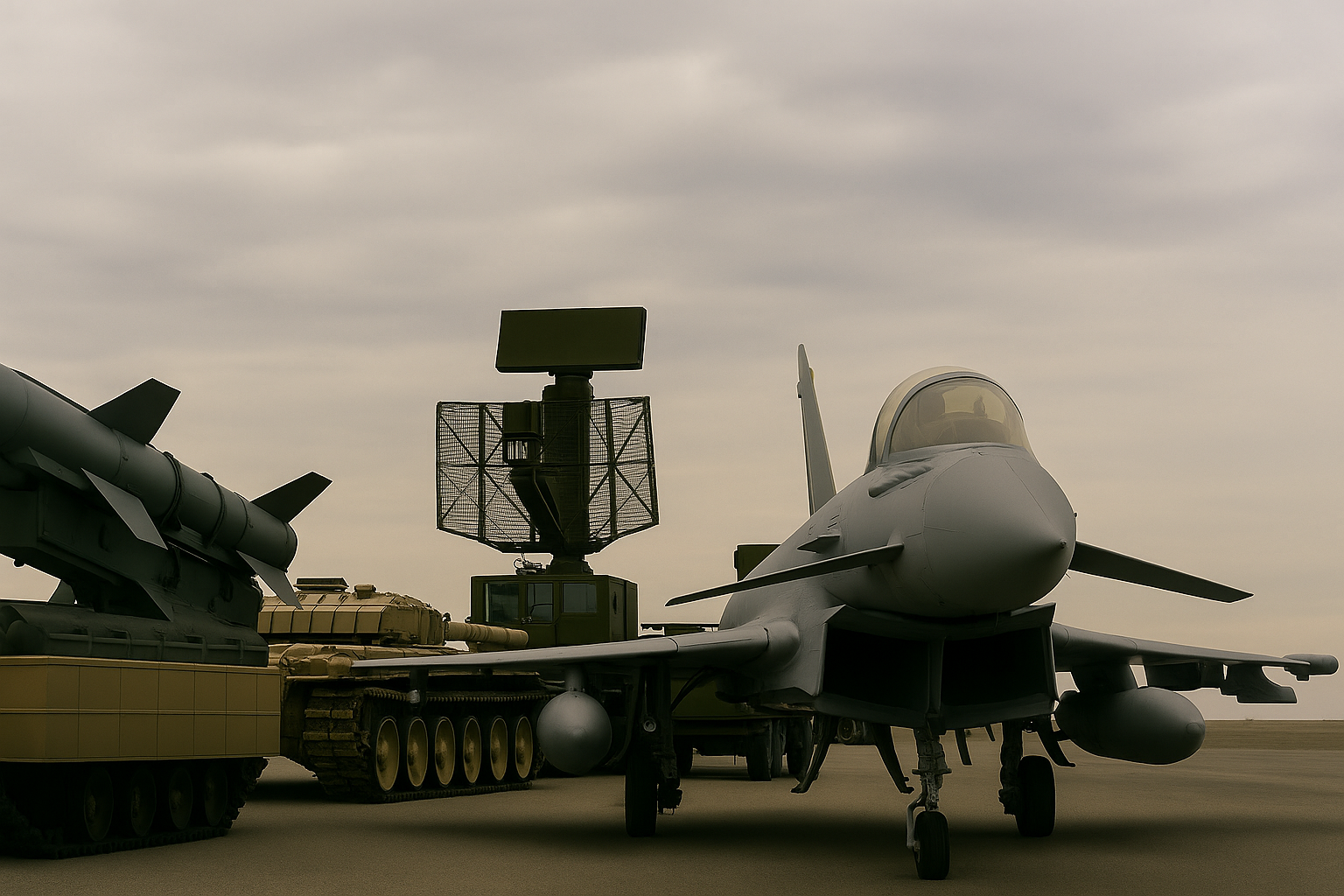Indian Army Issues Rs 30,000 Crore Tender For DRDO’s Anant Shastra Air Defence Missile System

Forged from recent conflicts, Anant Shastra emerges as the Army’s next step in building a resilient air defence shield. Image courtesy: Wikimedia Commons.
In a major step towards indigenisation of military hardware, the Indian Army has issued a tender to acquire five to six regiments of the indigenously developed Anant Shastra surface-to-air missile weapon system.
The deal, valued at around Rs 30,000 crore, aims to bolster India’s air defence along its borders with Pakistan and China.
According to defence officials cited by ANI, the tender has been placed with state-owned Bharat Electronics Limited (BEL) for the procurement of the Anant Shastra system, designed by the Defence Research and Development Organisation (DRDO).
How Op Sindoor dictated the purchase?
The system, previously known as the Quick Reaction Surface-to-Air Missile (QRSAM), is expected to significantly enhance the Army’s capability to counter evolving aerial threats.
The decision to fast-track the procurement comes in the aftermath of Operation Sindoor, where Army Air Defence (AAD) units played a key role in neutralising Pakistani drones.
During the four-day conflict, Indian forces destroyed the majority of hostile drones using legacy systems like L-70 and Zu-23 guns, while modern assets such as Akash, MR-SAM, Spyder, and S-400 batteries provided layered air defence coverage.
Why is Anant Shastra buy significant?
Defence officials said the Anant Shastra will complement existing systems such as the MR-SAM and Akash by providing short-to-medium range coverage with a strike range of approximately 30 km.
The highly mobile platform can detect, track, and engage targets on the move, offering the flexibility to fire at short halts. The system has undergone rigorous testing under both day and night conditions and has proven effective against multiple aerial threats.
The Defence Acquisition Council had cleared the project shortly after Operation Sindoor in May, recognising the urgency of strengthening India’s air defence grid.
How will the Army use Anant Shastra?
Once inducted, the new regiments will be deployed along both the western and northern frontiers to counter threats from Pakistan and China, including drones of Chinese and Turkish origin.
The Army is also inducting new radars, very short-range air defence systems, jammers, and laser-based technologies to reinforce its layered defence shield.
Army Chief General Upendra Dwivedi has been strongly advocating greater indigenisation across the force, with upcoming projects like the Zorawar light tank and additional indigenous air defence solutions also in the pipeline.
With the Anant Shastra programme, India moves a step closer to achieving self-reliance in critical defence technologies while ensuring robust security against future aerial challenges.







